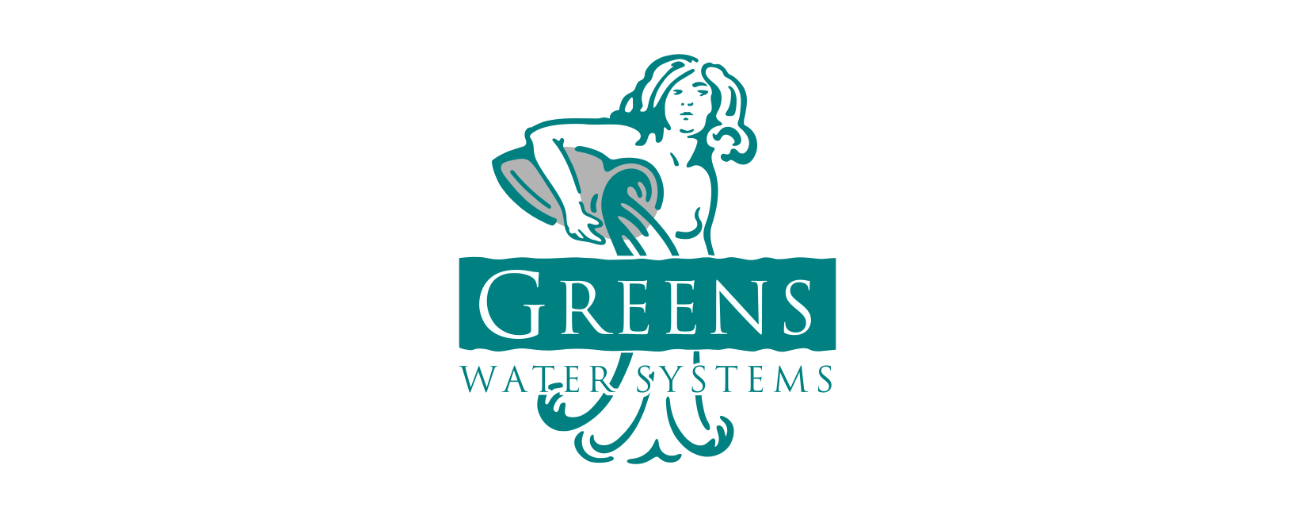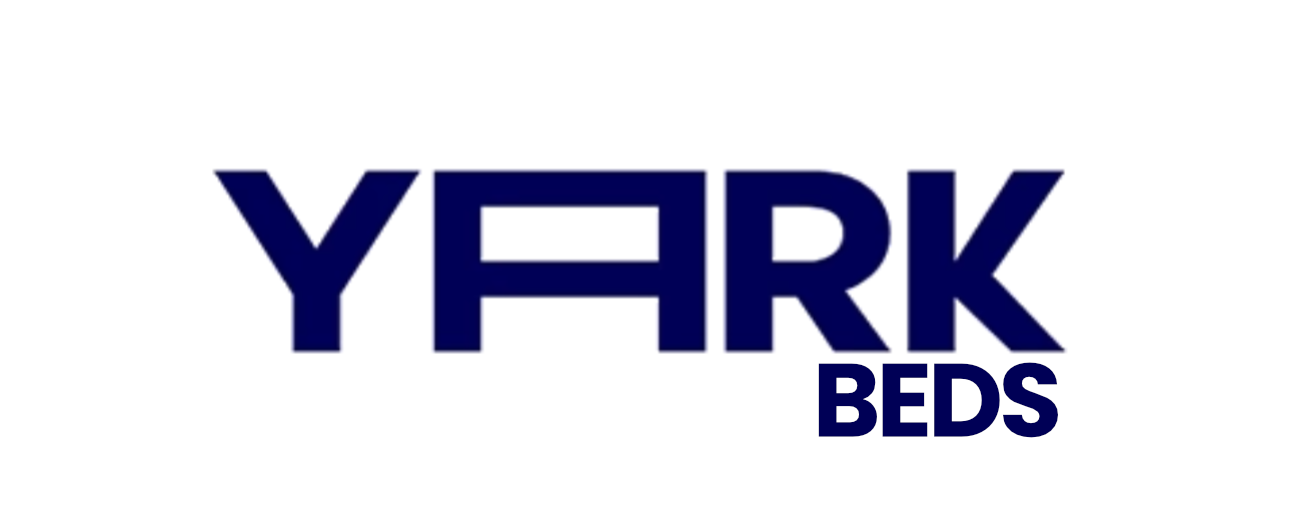MK10 (Milton Keynes)
Milton Keynes (MK10) Postcode Area
Milton Keynes, located in Buckinghamshire, is a town known for its unique blend of green spaces, modern architecture, and an extensive grid road system. With a diverse population, it boasts excellent transport links, including a direct train service to London. Residents enjoy an array of amenities, from shopping centres like Centre:MK to the stunning parks and lakes, like Willen Lake. Famous for its concrete cows and in proximity to attractions like Bletchley Park, Milton Keynes offers a dynamic lifestyle for all.
Overview
Milton Keynes (MK10) postcode district is located in the ceremonial county of Buckinghamshire, and is part of the Milton Keynes postal town.
The MK10 postcode area in Milton Keynes, Buckinghamshire, is a vibrant and growing community with a population density of 507.9 people per sq km. The average house price is £227,500, significantly lower than the UK average of £288,000. The area boasts a diverse population with 60.1% identifying as White, and a strong educational background, with 47.3% holding Level 4 qualifications. Additionally, the average salary in MK10 is £34,624, well above the UK average of £29,669.
Settlements within MK10 include:
Atterbury, Kingston, Milton Keynes Village, Monkston Park
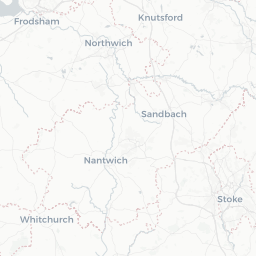

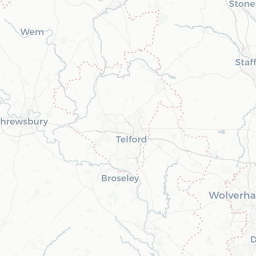


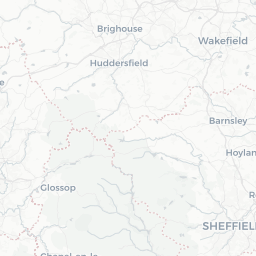





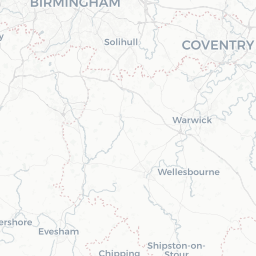




People and Demographics
Demographics
The MK10 postcode area is home to a diverse population, with a mix of ethnic backgrounds. The largest group is White at 60.1%, followed by Asian at 18.5% and Black at 13.3%. The average age of residents is 31, which is notably younger than the UK average of 40.7. This youthful demographic may appeal to families and young professionals seeking a vibrant community.
Unemployment
Percentage of people in Milton Keynes MK10 who are classed as being unemployed at Census 2021.
An unemployment rate of 5% in Milton Keynes MK10 is slightly above the UK average of 4.3%, indicating a moderate level of joblessness.
While some residents may face employment challenges, the rate still suggests a functioning local economy. Efforts to boost job opportunities could further enhance community stability and support the area's long-term growth.
Diversity
Percentage of residents in the MK10 postcode region who identify as white.
With 60% of residents identifying as White in Milton Keynes MK10, this postcode has a diverse community with a slight majority of White residents.
The mix of different ethnic backgrounds adds to the neighbourhood's character, offering opportunities for cultural engagement and mutual understanding among residents.
Population Growth
Population growth means that the population of Milton Keynes MK10 is increasing by 3% each year.
Across the UK, (England, Scotland, Northern Ireland and Wales), the average population grown from 2023-2024 is 0.66%.
Children
Are under 18 years old
20% of Milton Keynes MK10 are under the age of 18 at the time of the Census 2021.
Milton Keynes MK10 aligns closely with the UK average of 17.4%. This indicates a balanced mix of families and other household types, with amenities catering to both children and adults.
Retired
Are enjoying retirement
15% of Milton Keynes MK10 are retired at the time of the Census 2021.
Milton Keynes MK10 aligns closely with the UK average of 16%, a mixed community of working-age individuals and retirees. Local amenities are likely to be diverse, and cater to both younger and older residents.
Census 2021 Demographics
Who lives and works in MK10?
Analysing the MK10 population's characteristics, including age distribution and cultural diversity, provides valuable insights into the composition of the community.
Population
Analysing the MK10 population's characteristics, including age distribution and cultural diversity provides valuable insights into the composition of a local community.
Demographics
The MK10 postcode area is home to a diverse population, with a mix of ethnic backgrounds. The largest group is White at 60.1%, followed by Asian at 18.5% and Black at 13.3%. The average age of residents is 31, which is notably younger than the UK average of 40.7. This youthful demographic may appeal to families and young professionals seeking a vibrant community.
Population Growth
Population growth means that the population of Milton Keynes MK10 is increasing by 3% each year.
Across the UK, (England, Scotland, Northern Ireland and Wales), the average population grown from 2023-2024 is 0.66%.
Children
of Milton Keynes MK10 are under the age of 18 at the time of the Census 2021.
Retired
of Milton Keynes MK10 are retired at the time of the Census 2021.
Gender Ratio
51% female
Gender ratio in census data means the number of males for every 100 females in a population, helping us understand the balance between men and women in a specific area.
Age Distribution
are adults
Age distribution refers to how different age groups are spread within a population, showing the number of people in each age range. This helps understand the population's structure and potential needs.
Age Distribution
"Age Distribution by 5-year bands" in the Census 2021 breaks down the population into groups based on age ranges, each spanning five years (e.g., 0-4, 5-9, 10-14, etc.). This helps to see how many people fall into each age group, providing a clear picture of the age structure in an area.
Living Arrangements
"Living Arrangements" in the Census 2021 refers to people's relationship status and how they live with others. It includes whether someone is married, in a civil partnership, cohabiting as a couple, separated, divorced, or single, and whether they live with a partner, alone, or with others.
Legal Partnership
Legal partnership status of residents in the Milton Keynes (MK10) district, offering insights into the diversity of relationship statuses in the area. This dataset classifies residents aged 16+ in England & Wales by their partnership status.
Gender Identity
"Gender Identity" in the Census 2021 refers to how people personally identify their gender, which may or may not align with the sex they were assigned at birth. It includes options like male, female, non-binary, or other identities, reflecting how individuals see themselves.
Postcodes
Dig even deeper into the MK10 postcode:
Click on an postal code below for more information about the area. Each postcode give you a comprehensive overview of the postcode neighbourhood, including address, demographics, crime, transport, amenities and house prices in Milton Keynes (MK10).
Word Cloud for MK10
We've trawled social media and the web to discover words that describe the postcode district of MK10:
Nearby Towns & Cities
MK10 Postcode area
The following towns and villages can be found close to Milton Keynes MK10:
Bow Brickhill
Population 562
1.3 miles
In Buckinghamshire, Bow Brickhill is a peaceful village known for its picturesque countryside setting and historic church, making it the perfect escape from the hustle and bustle of city life.
Nearest Postcode Areas:
Little Brickhill
Population 407
1.9 miles
Little Brickhill, located in Buckinghamshire, offers a peaceful countryside setting with easy access to the vibrant city of Milton Keynes, making it an ideal choice for those seeking a balance between rural tranquility and urban convenience.
Nearest Postcode Areas:
Woburn Sands
Population 5,959
2.5 miles
Located in Buckinghamshire, Woburn Sands is a charming town known for its picturesque woodland walks, thriving community spirit, and easy access to the stunning Woburn Abbey Gardens, making it a perfect choice for those seeking a peaceful and scenic place to call home.
Nearest Postcode Areas:
Great Brickhill
Population 817
2.9 miles
Great Brickhill, located in Buckinghamshire, is a picturesque village surrounded by beautiful countryside, offering a peaceful and idyllic setting for those looking to escape the hustle and bustle of city life and enjoy a close-knit community atmosphere.
Nearest Postcode Areas:
Newton Longville
Population 1,846
3.2 miles
Located in Buckinghamshire, Newton Longville is a peaceful village with a strong sense of community, offering a perfect balance of rural living and easy access to nearby amenities and transport links for those seeking a tranquil yet convenient lifestyle in the English countryside.
Nearest Postcode Areas:
Stoke Hammond
Population 875
3.3 miles
Stoke Hammond, located in Buckinghamshire, offers a peaceful village atmosphere, picturesque countryside views, and a tight-knit community that enjoys a slower pace of life, perfect for those looking to escape the hustle and bustle of city living.
Nearest Postcode Areas:
Woburn
Population 933
4 miles
With two popular tourist attractions on its doorstep (Woburn Abbey and Woburn Safari Park), Woburn is a popular destination. Dating back to 969 when it was a small hamlet, the town now hosts a variety of shops, restaurants and pubs, and a monthly Farmers market.
Nearest Postcode Areas:
Soulbury
Population 294
4.5 miles
Soulbury, located in Buckinghamshire, is a picturesque village known for its historic St. Michael and All Angels Church, which dates back to the 13th century, offering a tranquil countryside lifestyle with easy access to nearby towns and cities like Milton Keynes and Leighton Buzzard.
Nearest Postcode Areas:
Local Authorities
MK10 Postal Town
The MK10 postcode includes the following local authorities:
- Milton Keynes
Crime in MK10
How safe is this postcode sector?
Crime levels in the MK1 postcode area have seen fluctuations over the years, with recent statistics showing a slight increase in reported incidents. The local police force has been actively working to address these issues and prioritize the safety and security of residents in the area.
Key Hotspots
Some key hotspots in the MK1 postcode area include shopping centres, residential areas, and car parks. These areas tend to attract criminal activities such as theft, vandalism, and anti-social behaviour. Residents are advised to remain vigilant and report any suspicious activities to the authorities.
Historical Crime Issues
In the past, the MK1 postcode area has faced challenges with drug-related crimes and gang activities. These issues have been a concern for both residents and law enforcement agencies, leading to targeted efforts to combat such criminal behaviour. Over the years, there has been a decrease in these types of crimes due to proactive policing strategies.
Current Policing Priorities
The local police force in the MK1 postcode area has set priorities to tackle various types of crimes, including theft, burglary, and anti-social behaviour. Community engagement and partnership working are key components of their approach to maintaining law and order in the area. By working closely with residents and local businesses, the police aim to create a safe and secure environment for everyone.
Sources: police.uk, ons.gov.uk.
Education
Highest Rated Schools in MK10
As rated by Ofsted
- Brooklands Farm Primary School
152 Fen Street, Milton Keynes, MK10 7EU
Outstanding - Middleton Primary School
Noon Layer Drive, Milton Keynes, MK10 9EN
Outstanding - Oakgrove School
Venturer Gate, Milton Keynes, MK10 9JQ
Good - Monkston Primary School
Wadhurst Lane, Milton Keynes, MK10 9LA
Good - Broughton Fields Primary School
Milton Road, Milton Keynes, MK10 9LS
Good - St Bernadette's Catholic Primary School
Tewkesbury Lane, Milton Keynes, MK10 9PH
Good

Unlock the full power of postcode insights.
Data is meaningless without context. Reveal the stories behind a neighbourhood, and make smarter decisions with data you can trust. Gain unlimited access to detailed statistics, exclusive reports, and essential tools.
PostcodeArea is grateful to our sponsors for their support.

